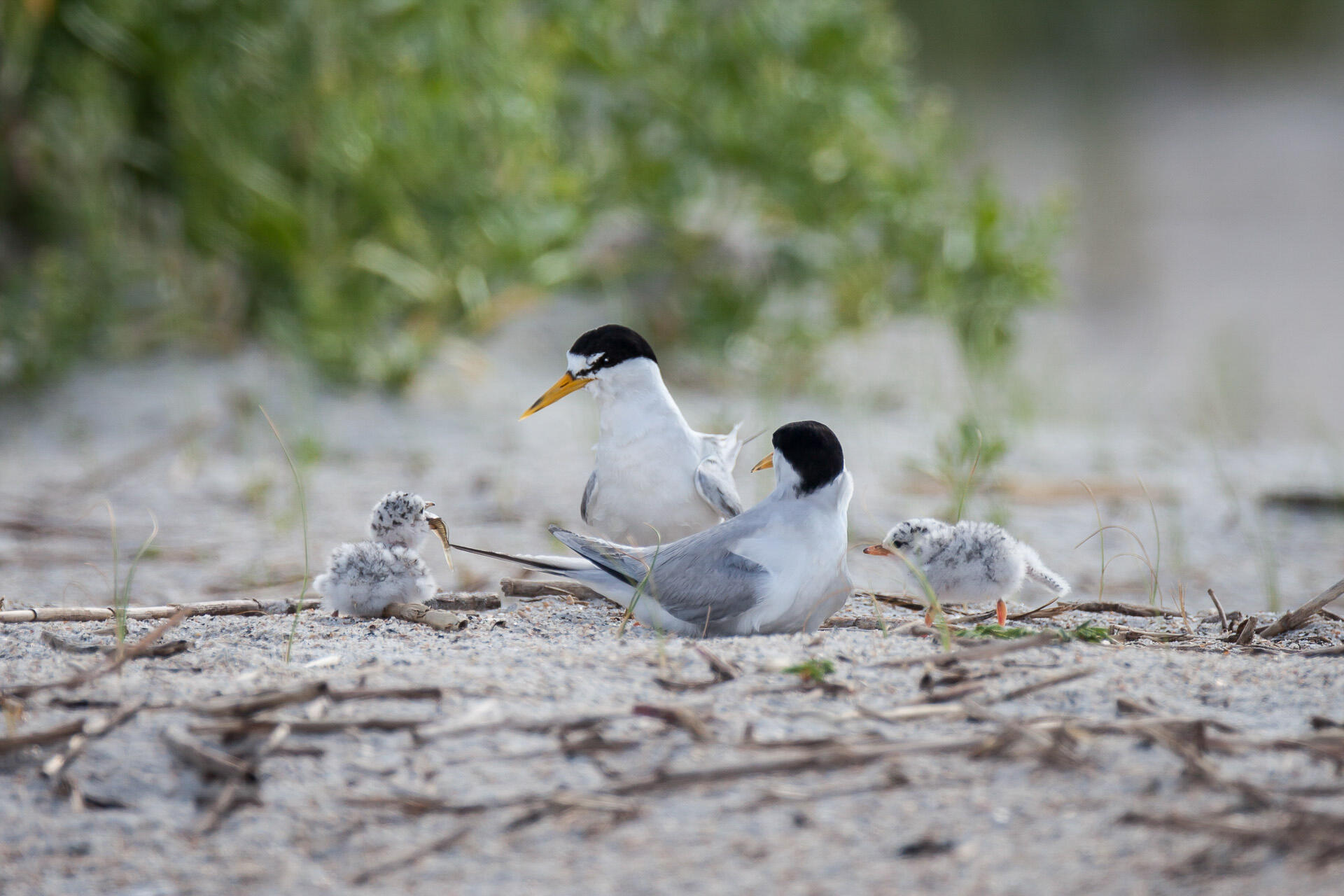Published June 26, 2024
You may have overlooked the beauty and natural treasures of the Upper Texas Gulf Coast. Despite major industrial development in the area, this coastal region comprises critical central flyway areas for migratory birds, and is home to rich biodiversity and unique habitats. Beaches, bays, marshes, prairies, and forests abound! The Upper Texas Coast provides countless opportunities for kayaking, camping, fishing and exploring—and, of course, birding. The region is home to a large population of colonial waterbirds and five sea turtle species. If you plan to visit the area this summer to experience the biodiversity and birding yourself, here are some top birding spots, courtesy of Explore Lone Star Coastal:
Jefferson County
Galveston County
Brazoria County
Matagorda County
As we explore and enjoy the Upper Texas Gulf Coast, it is important to remember that birds need beaches, too! Good stewards Share the Shore. Coastal regions play a vital role for many species of birds who nest and raise their chicks, and others who rely on the rich food sources offered by the Texas shores.
Across the country, Audubon’s Coastal Bird Stewardship Program engages local communities to protect beach-nesting birds from predators and disturbance, such as dogs or humans. Due to compounding threats like sea-level rise and habitat loss, coastal birds are facing a crisis—seabirds around the world have decreased by 70 percent since 1950, and shorebirds in North America alone have seen an even steeper decline since 1973. Here are a few easy steps we can as good shore stewards:
- Provide nesting birds at least 50 yards of distance where space allows.
- Respect fences and signs, avoiding areas roped off for breeding shorebirds.
- If pets are permitted on beaches, keep them leashed and away from birds.
- Remove trash and food scraps, which attract predators that might eat birds’ eggs and/or chicks.
- Do not drive on beach dunes or other nesting areas.
Enjoy the allure of the Upper Texas Gulf Coast and explore all the wonders of this region. Let’s keep these treasures for decades to come by being good beach stewards for the communities, people, and wildlife!
Learn more about activities along the coast in Explore Lone Star Coastal’s Trip Adventure, launching later this month.





